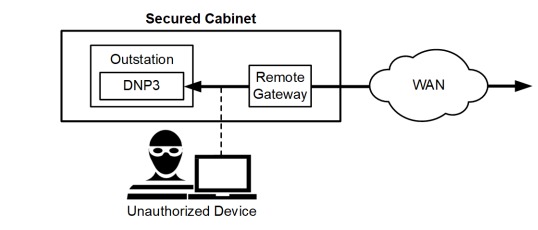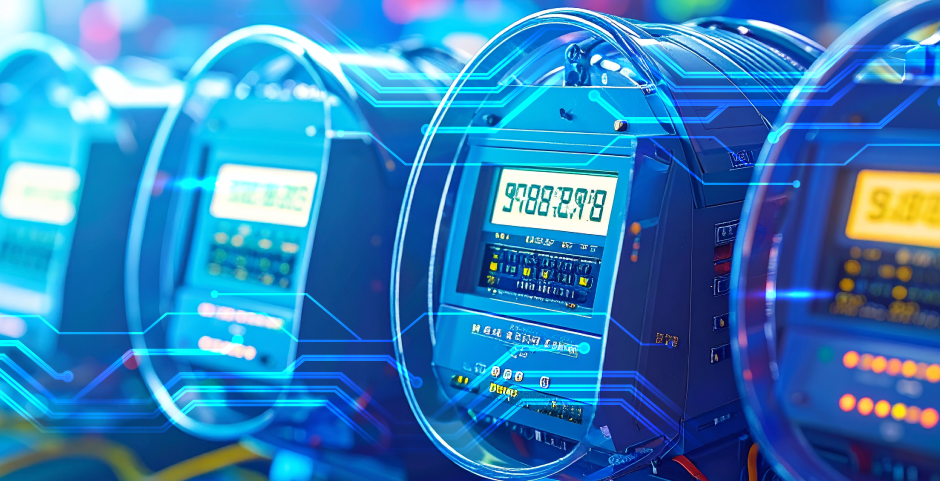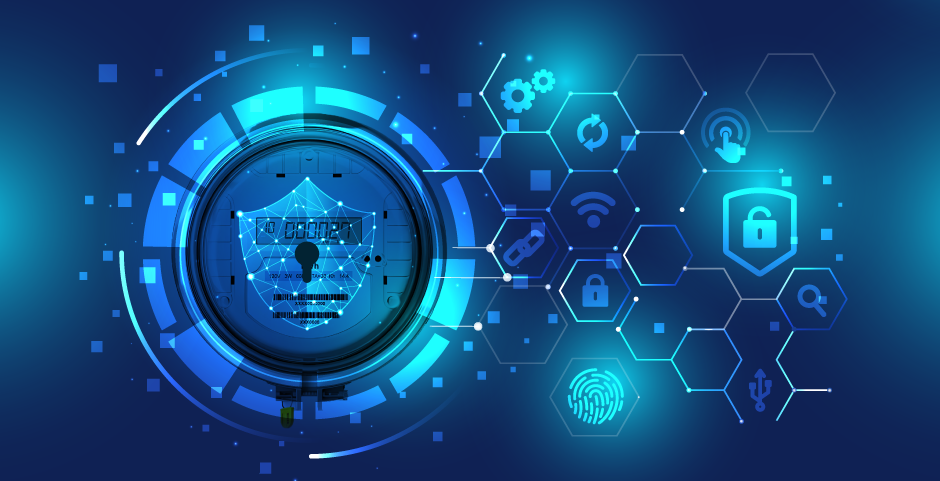DNP3 Security Mechanisms: Comprehensive Guide to SCADA System Protection
Shwetha Bhat February 12, 2025
Shwetha Bhat February 12, 2025
DNP3 is widely used in SCADA systems because of its strong handling of telemetry data from remote devices. Being used in critical services such as utilities, water management, and transportation, the security of DNP3 becomes an issue of high importance.

Here's an overview of the security mechanisms involved in DNP3:
DNP3 has mechanisms for authentication to verify the identity of devices communicating. It can be performed through shared cryptographic keys or certificates to ensure that unauthorized access to the network is not achieved by any other device.
It is an important feature in SCADA to ensure that no unauthorized changes are made to the data. DNP3 makes use of CRC, cryptographic hashing-SHA-1 and SHA 256-to ensure data integrity for data packets transmitted.
DNP3 has mechanisms to encrypt the data so that, on perhaps insecure networks, communicational security is ensured. Thus, encryption algorithms like AES are applied to the data payload, which prevents eavesdropping and tampering by unauthorized parties.
DNP3 provides for secure authentication and key management protocols. These protocols allow the utilization of secure communication channels between the master stations and remote devices, thus making the exchange and management of cryptographic keys secure.
DNP3 provides session layer security mechanisms against session hijacking and unauthorized access. It establishes a secure session between the communicating devices and maintains confidentiality and authenticity of data exchanged during the session.
Time synchronization between devices geographically spread is needed for event logging and correlating activities within a SCADA system. DNP3 thus provided mechanisms for securing time synchronization that shall ensure that all the devices in the network have their synchronized clocks.
Other security mechanisms of the DNP3 are auditing and logging. These capabilities include monitoring and auditing of access to the SCADA systems, configuration changes monitoring, and thus investigation of security incidents by administrators.
DNP3 security mechanisms are designed to be in line with general industry standards and requirements for regulatory affairs such as NERC-CIP in the electric utility sector. Compliance would ensure that the SCADA system meets specific security criteria mandated by the regulatory bodies.
This is done with a view to achieving effective security in DNP3 through a defense-in-depth approach. In this regard, multilayers of controls involve network segmentation, firewalls, intrusion detection systems, and regular security audits, among others, which enable the mitigation of different kinds of cyber threats.
Some vendors may include additional security features or extensions to DNP3 protocols in order to meet specific security needs or vulnerabilities discovered in their implementation.
These indeed will make DNP3 a full suite of security mechanisms to be deployed for the protection of SCADA systems against cyber threats, integrity, and confidentiality of data, and observance of industry regulations. Of course, the implementation of these mechanisms effectively requires cautious planning, appropriate configuration, and regular monitoring that will keep the operations of critical infrastructure safe.

July 25, 2025
The world energy scene is being revolutionized by the fast-paced increase of decentralized renewable energy sources like rooftop solar, wind microturbines, and energy storage in batteries. batteries. The driving force…
Know More
July 25, 2025
Smart metering has evolved significantly over the last two decades as it became a building block of modern energy management solutions. At the core of the evolution is the DLMS/COSEM…
Know More
July 25, 2025
As the energy sector undergoes rapid digital transformation, smart metering has emerged as a foundational technology in modern utility networks. By enabling real-time monitoring, automated billing, and remote disconnection, smart…
Know More